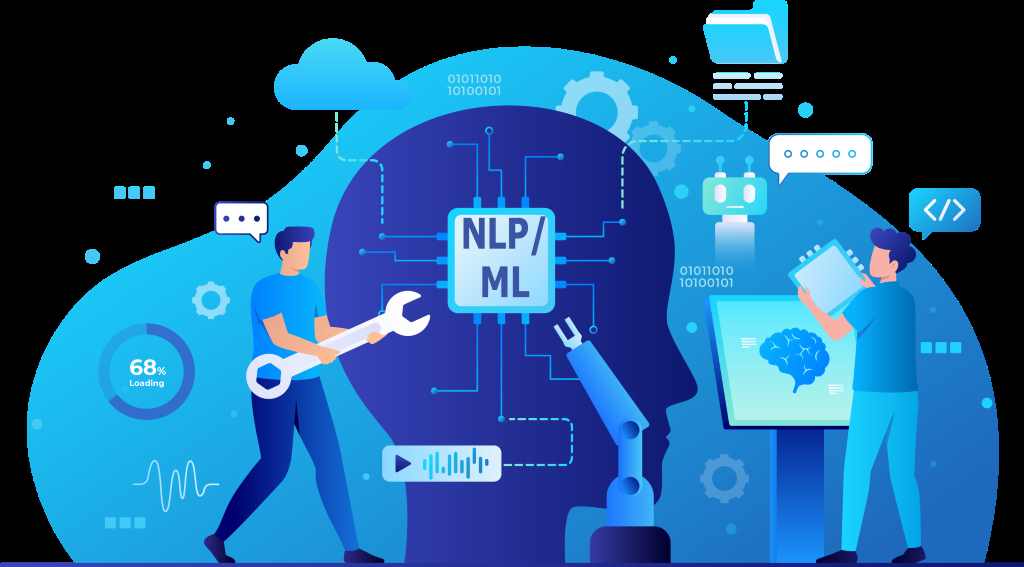Virtual assistants like Siri, Alexa, and Google Assistant have become household names. Their ability to understand our commands, answer questions, and even crack jokes seems almost magical. But what’s really going on under the hood? The answer lies in the incredible power of artificial intelligence (AI). Let’s delve into how AI makes virtual assistants so capable.
Natural Language Processing (NLP): The Key to Understanding
At the heart of every virtual assistant is a powerful AI technology called Natural Language Processing (NLP). This is what allows assistants to understand and interpret human language, whether spoken or typed. NLP involves several key steps:
- Speech Recognition (for voice assistants): This converts spoken words into text.
- Tokenization: Breaking the text into individual words or phrases.
- Parsing: Analyzing the grammatical structure of the sentence.
- Semantic Analysis: Understanding the meaning of the words and the sentence as a whole.
- Intent Recognition: Determining the user’s goal (e.g., setting an alarm, playing a song, asking a question).
- Entity Extraction: Identifying key information within the command (e.g., “set an alarm for 7 am”).
By combining these steps, NLP allows virtual assistants to grasp the nuances of human language and respond in a way that makes sense.

Machine Learning (ML): The Engine of Improvement
Another critical component of AI in virtual assistants is Machine Learning (ML). This enables assistants to get better at their tasks over time by learning from user interactions.
- Training Data: Assistants are initially trained on massive datasets of text and speech, allowing them to recognize patterns and relationships within language.
- Reinforcement Learning: As users interact with the assistant, it receives feedback (positive or negative) on its responses. This feedback helps the assistant refine its algorithms and provide more accurate and helpful results.
- Personalization: Over time, virtual assistants can personalize their responses based on individual user preferences and habits.
More Than Just Answering Questions: The Expanding Capabilities of Virtual Assistants
Virtual assistants have evolved far beyond simply answering basic questions. Thanks to AI, they can now perform a wide range of tasks, including:
- Smart Home Control: Controlling lights, thermostats, locks, and other connected devices.
- Scheduling and Reminders: Setting appointments, sending reminders, and creating to-do lists.
- Entertainment: Playing music, podcasts, audiobooks, and even reading news articles aloud.
- Information Retrieval: Answering questions on a vast range of topics, from weather forecasts to historical events.
- Task Automation: Ordering food, booking travel, sending messages, and making calls.
AI Challenges and Ethical Considerations
While AI has revolutionized virtual assistants, it’s not without its challenges. These include:
- Bias: AI models can inadvertently perpetuate biases present in the data they were trained on.
- Privacy Concerns: Virtual assistants collect vast amounts of personal data, raising questions about how this data is used and protected.
- Job Displacement: As virtual assistants become more capable, there are concerns about their potential impact on jobs that involve customer service or information retrieval.
These challenges highlight the need for ongoing research and ethical considerations to ensure that AI is used responsibly in the development of virtual assistants.
The Future of AI and Virtual Assistants
The future of AI-powered virtual assistants is incredibly exciting. As AI continues to advance, we can expect assistants to become even more intelligent, personalized, and capable. Some potential developments include:
- More Natural Conversations: Assistants will better understand complex questions, engage in multi-turn dialogues, and even exhibit empathy.
- Increased Proactive Assistance: Assistants will anticipate our needs and offer suggestions or reminders without being asked.
- Integration with Other Technologies: Virtual assistants will seamlessly integrate with other AI-powered systems, such as self-driving cars and smart homes.
Conclusion
AI is the driving force behind the impressive capabilities of virtual assistants. Through NLP and ML, these digital companions are constantly learning and evolving, becoming increasingly indispensable in our daily lives. As we continue to explore the potential of AI, virtual assistants are poised to play an even more significant role in the way we interact with technology and the world around us.




